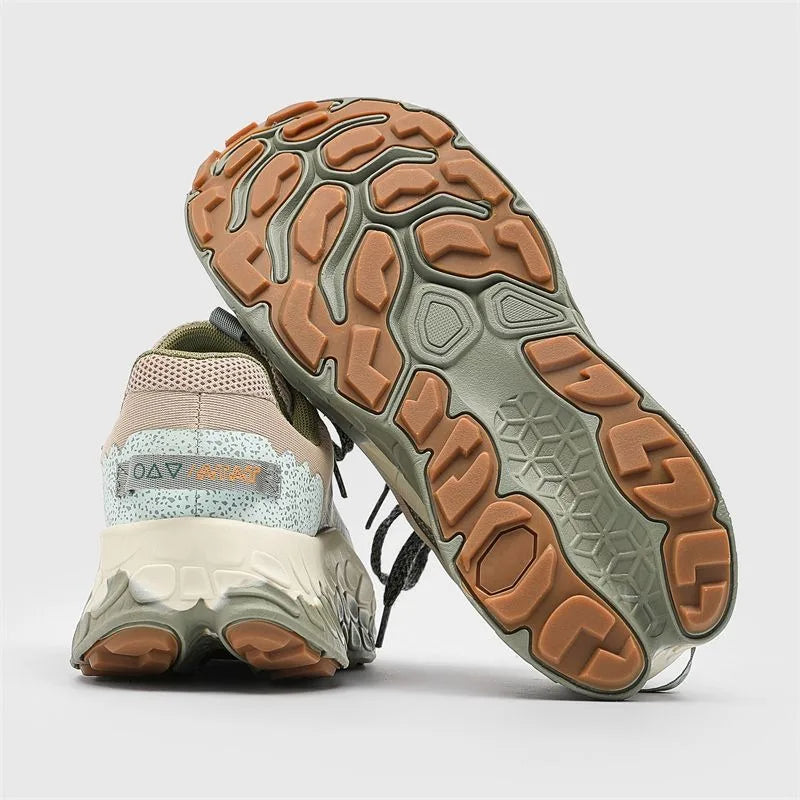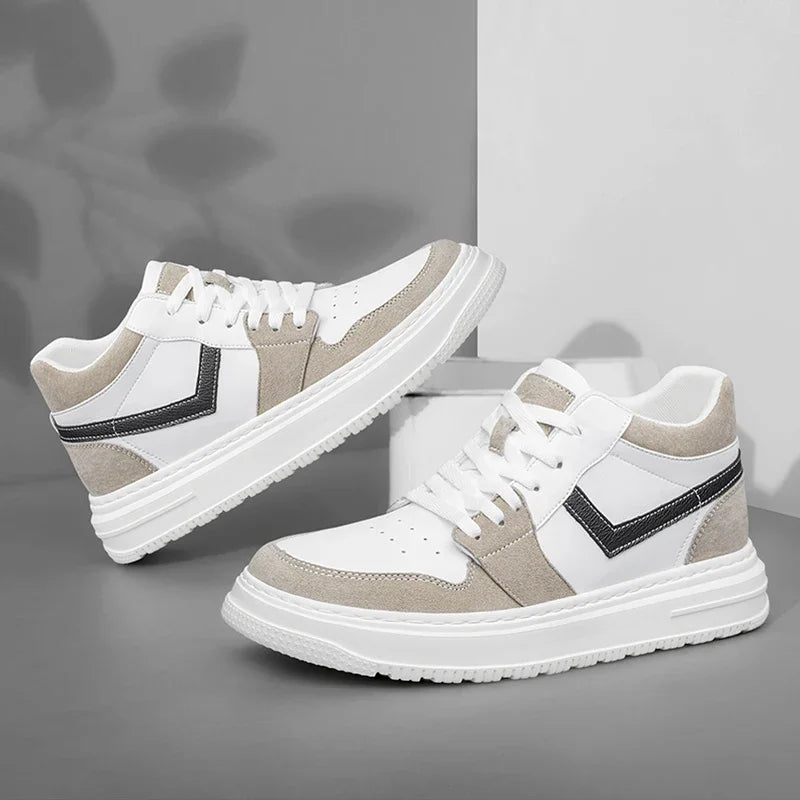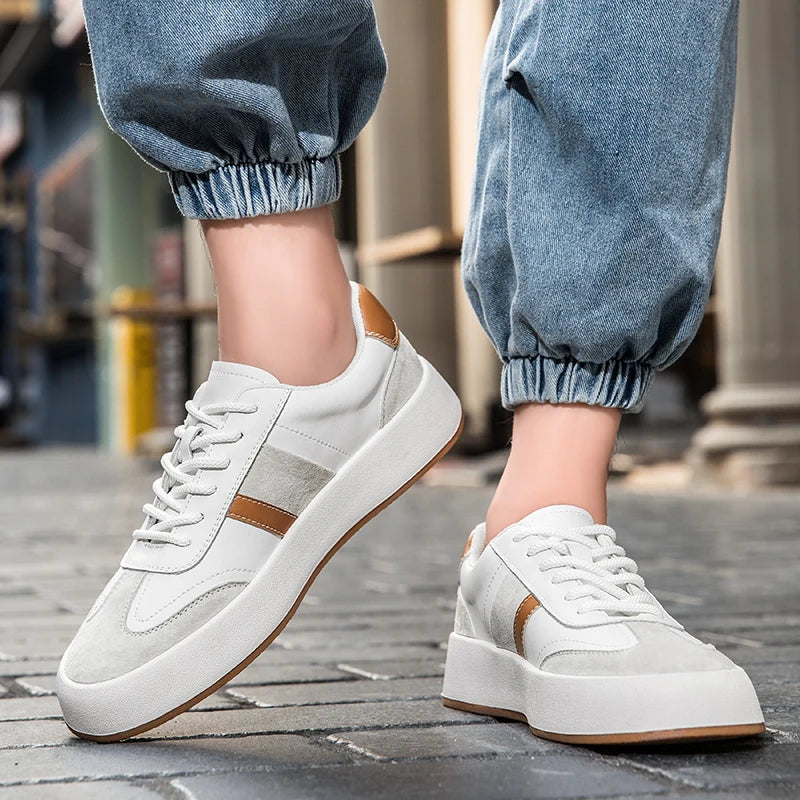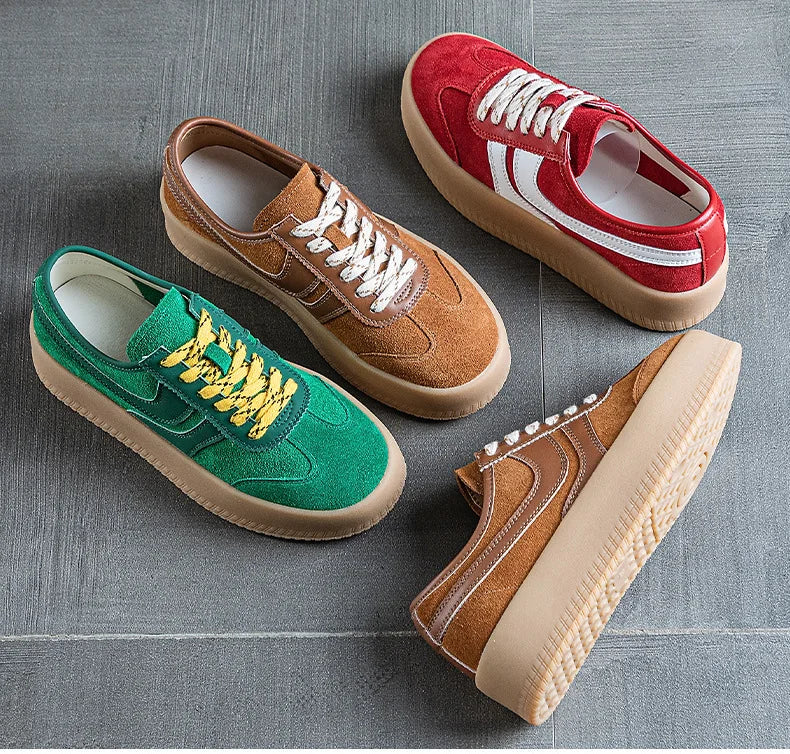Article: How to Select the Ideal Shoes for Everyday Use?
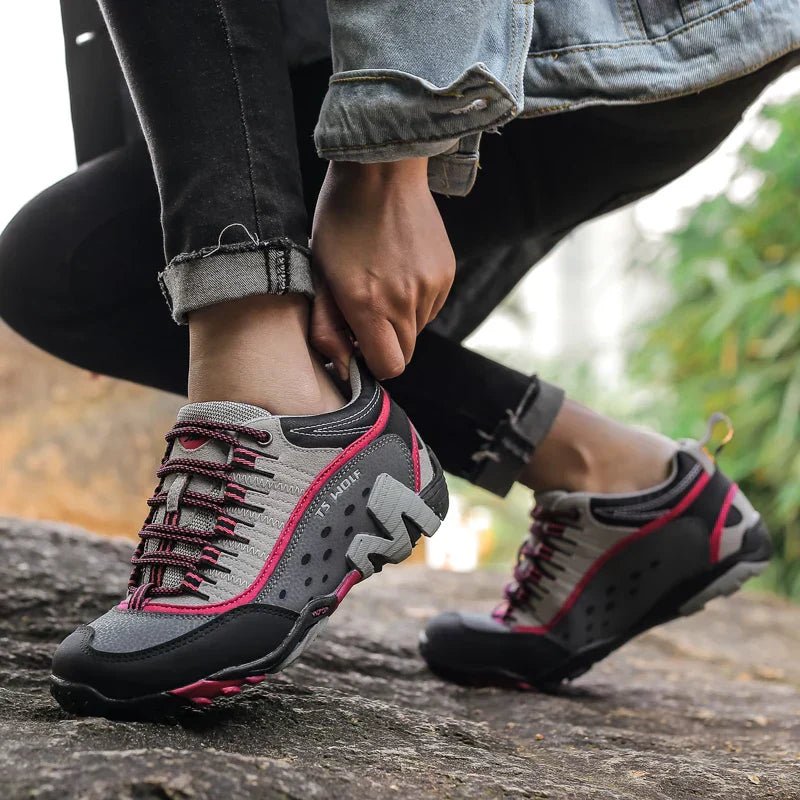
How to Select the Ideal Shoes for Everyday Use?
A Guide to Comfort, Style, and Longevity
Choosing the right pair of shoes for daily wear might seem straightforward, but it’s a decision that impacts your comfort, posture, and overall well-being. Whether you’re navigating a busy workday, running errands, or enjoying casual outings, your footwear plays a pivotal role in keeping you energized and pain-free. With countless styles, materials, and brands crowding the market, finding the perfect pair can feel overwhelming. This guide breaks down the essentials to help you select shoes that blend support, durability, and aesthetics seamlessly.
1. Prioritize Comfort and Support
Your feet bear the weight of your body all day long, so comfort should always come first.
- Cushioning and Shock Absorption: Look for shoes with ample cushioning in the midsole and heel. Materials like memory foam, EVA (ethylene-vinyl acetate), or gel inserts absorb impact, reducing stress on joints.
-
Arch Support: Flat shoes might feel tempting, but inadequate arch support can lead to plantar fasciitis or fatigue. Match your foot type:
- Neutral arches suit most cushioned shoes.
- High arches need curved soles for better weight distribution.
- Flat feet benefit from motion-control designs.
- Breathability: Opt for uppers made of mesh, knit, or leather with perforations. Breathable materials prevent sweat buildup, reducing odors and bacterial growth.
2. Focus on Fit and Sizing
Even the most supportive shoes won’t work if they don’t fit properly.
- Measure Regularly: Feet change with age, weight fluctuations, and pregnancy. Measure both feet (they’re often different sizes) and shop later in the day when feet are slightly swollen.
- Toe Room: Ensure a thumb’s width of space between your longest toe and the shoe’s tip. Tight shoes cause blisters; overly loose ones lead to instability.
- Width Matters: Many brands offer narrow, wide, or extra-wide options. If your feet feel pinched or slide sideways, consider a different width.
3. Choose Durable Materials
Everyday shoes endure constant wear, so prioritize quality construction.
-
Upper Materials:
- Leather: Durable, molds to your feet, and resists water.
-
Synthetic Fabrics: Lightweight and budget-friendly but may lack breathability.
- Knit or Mesh: Flexible and breathable but less weather-resistant.
- Sole Construction: Rubber soles offer superior grip and longevity. Check for reinforced stitching or glued seams to prevent separation.
- Traction: Look for deep treads or grooves if you walk on slippery surfaces.
4. Match Your Lifestyle
Your daily activities dictate the ideal shoe style.- Office Professionals: Opt for polished leather loafers, oxfords, or low-block heels with cushioned insoles. Avoid stilettos or rigid flats.
- Active Lifestyles: Athletic sneakers with arch support and shock absorption are ideal. Brands like Brooks, ASICS, or HOKA prioritize ergonomic design.
- Casual Wear: Slip-ons, ballet flats, or minimalist sneakers (e.g., Allbirds, Skechers) blend comfort with versatility.
5. Don’t Sacrifice Style
Practical shoes don’t have to be boring. Modern brands combine aesthetics with ergonomics.- Neutral Colors: Black, white, tan, or gray pairs easily match any outfit.
- Versatile Designs: Sleek sneakers, Chelsea boots, or mules transition effortlessly from day to night.
- Personal Flair: Add personality with metallic accents, textured fabrics, or subtle patterns.
6. Test for Flexibility and Stability
A good shoe bends where your foot naturally flexes but remains stable.
- Flex Test: Hold the shoe and gently bend the toe upward. It should flex at the ball of the foot, not the arch.
- Heel Counter: Press the back of the heel—it should feel firm to prevent ankle rolling.
- Weight: Lightweight shoes reduce fatigue, but ensure they’re not flimsy.
7. Consider Foot Health Needs
Address specific concerns to avoid long-term issues.
- Plantar Fasciitis: Choose shoes with rigid arch support and heel cups.
- Bunions: Wide toe boxes and stretchable materials reduce pressure.
- Diabetes: Seamless interiors prevent irritation and ulcers.
8. Rotate Your Shoes
Wearing the same pair daily accelerates wear and tear. Rotate between 2–3 pairs to let shoes air out and retain shape.
9. Budget Wisely
While premium shoes often justify their cost with better materials and support, there are affordable gems. Set a budget and compare options:
- Under $50: Look for synthetic materials with basic cushioning.
- 150: Invest in brands like Clarks, ECCO, or Vionic with orthopedic features.
-
$150+: Premium options (e.g., Cole Haan, Mephisto) offer luxury materials and advanced footbed technology.
10. Read Reviews and Try Before Buying
Online shopping is convenient, but reviews reveal real-world performance. Check feedback on:
-
Sizing accuracy
-
Long-term comfort
-
Durability issues
If possible, visit a store to try shoes with the socks you’ll wear daily. Walk around and note any pressure points.
Top Picks for Everyday Shoes
-
Best for Walking: Brooks Ghost 15 (cushioned, responsive)
-
Best for Work: Clarks Unstructured Line (soft leather, lightweight)
-
Best Slip-Ons: Skechers GOwalk Arch Fit (machine-washable, arch support)
-
Best Budget: Adidas Cloudfoam Pure 2.0 (affordable, cloud-like comfort)
Final Thoughts
The ideal everyday shoes are a balance of science and style. By prioritizing support, fit, and durability, you’ll protect your feet while staying fashionable. Remember: Your shoes are an investment in your health—choose wisely, and your feet will thank you for years to come.
Ready to step into comfort? Explore our curated collection of ergonomic footwear designed for life in motion.


